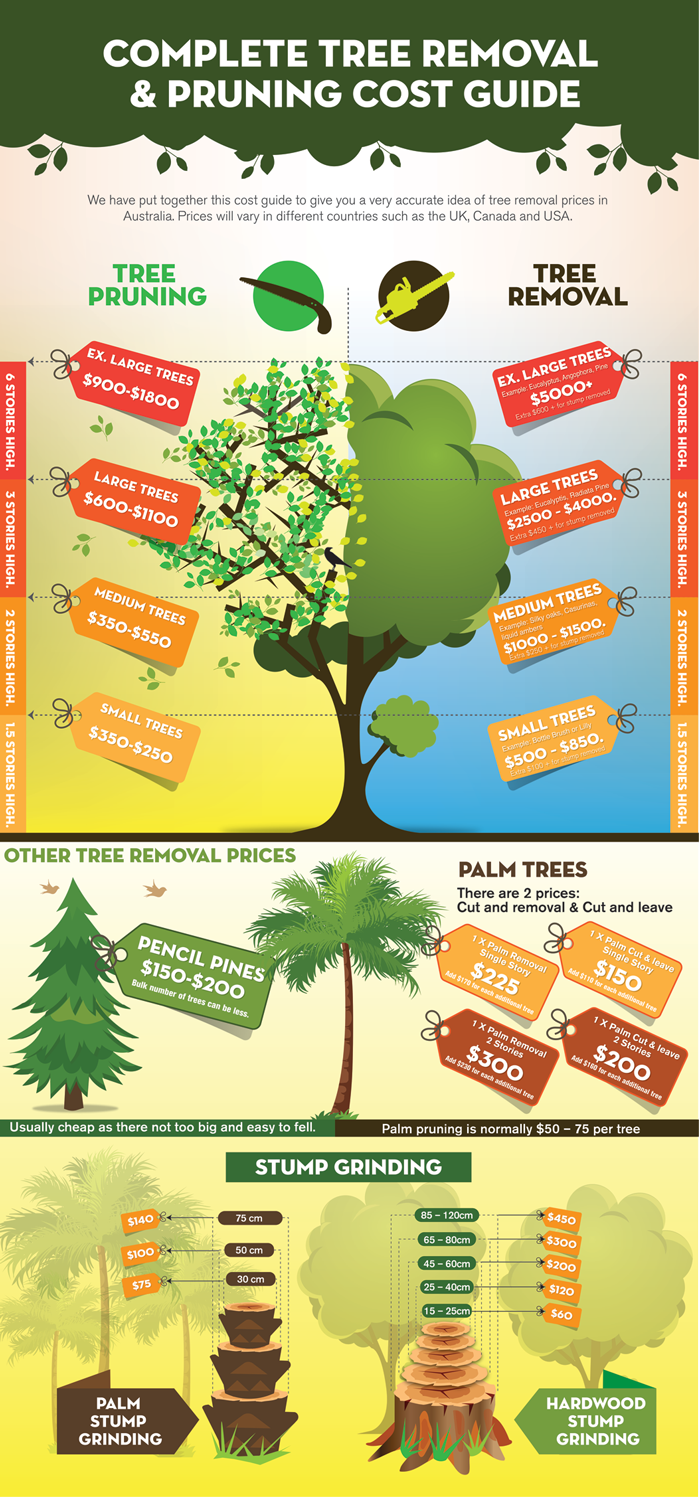Post-Tree Elimination Treatment: Effective Techniques For Landscape Repair
Post-Tree Elimination Treatment: Effective Techniques For Landscape Repair
Blog Article
Staff Writer-Langley Chambers
After a tree's elimination, your landscape might look fairly various, and it's necessary to evaluate the aftermath carefully. You'll wish to examine the dirt disturbance and examine bordering plants for any signs of tension. Disregarding these elements can lead to larger troubles down the line. So, what should you do with those stumps and origins? And just how do you pick the best plants for your rejuvenated room? Allow's check out these crucial actions.
Analyzing the Aftermath: Assessing Your Landscape
After a tree removal, it's essential to assess your landscape to understand the influence it carries your yard.
Beginning by checking out the area where the tree stood. Seek indicators of soil disruption, and check the bordering plants for any type of anxiety or damages.
You should also bear in mind of just how the elimination has actually changed sunshine direct exposure and air movement in your garden. This shift can affect the growth of neighboring plants, so it's necessary to assess their health and wellness.
Think about the visual elements as well; the elimination may create an open space that you can redesign.
Ultimately, think about any potential disintegration concerns that may emerge from the tree's lack. Dealing with these elements early will help restore balance to your landscape.
Taking care of Stumps and Roots: Alternatives for Removal
When you have actually analyzed the consequences of the tree removal, you'll likely require to take on the stump and origins left.
You have a couple of options for elimination. One reliable approach is stump grinding, where an expert makes use of an equipment to grind the stump down to underground degree. This strategy leaves very little disturbance to your landscape.
If you prefer a do it yourself approach, you can use a mix of digging and chemical stump eliminators. Simply remember, this procedure can take some time and initiative.
Alternatively, think about leaving the stump as an all-natural function, which can act as a distinct garden component or environment for wildlife.
Whatever you select, attending to the stump and origins is necessary for recovering your landscape.
Picking the Right Plants for Your New Room
As you assess your freshly removed space, choosing the right plants can significantly improve your landscape's charm and performance.
Beginning by considering the sunshine and dirt problems. For sunny areas, choose drought-resistant plants like lavender or succulents. In shaded areas, ferns and hostas grow well.
Think of https://www.streetinsider.com/Press+Advantage/New+Steadfast+Tree+Care+Warns+Against+DIY+Tree+Removal+In+Rappahannock+Academy/17253516.html and growth practices of your plants; mix perennials and annuals for seasonal range. Do not fail to remember to include indigenous types; they require much less upkeep and support regional wild animals.
Team plants in weird numbers for a more all-natural look and develop layers for aesthetic depth.
Lastly, ensure you have a mix of colors and textures to maintain your landscape dynamic throughout the seasons.
Satisfied planting!
Final thought
To conclude, recovering your landscape after tree elimination is a fulfilling procedure. By examining the consequences, attending to stumps and origins, and picking the right plants, you'll develop a flourishing setting. Do not forget to integrate disintegration control actions to safeguard your soil. With a little initiative and care, you can transform your area into a dynamic garden that enhances your residential or commercial property. Welcome https://burnstumps95162.dgbloggers.com/35735163/the-clear-cut-process-for-tree-stump-elimination-what-you-need-to-know-regarding to rejuvenate your landscape and appreciate the elegance of nature right in your backyard!
